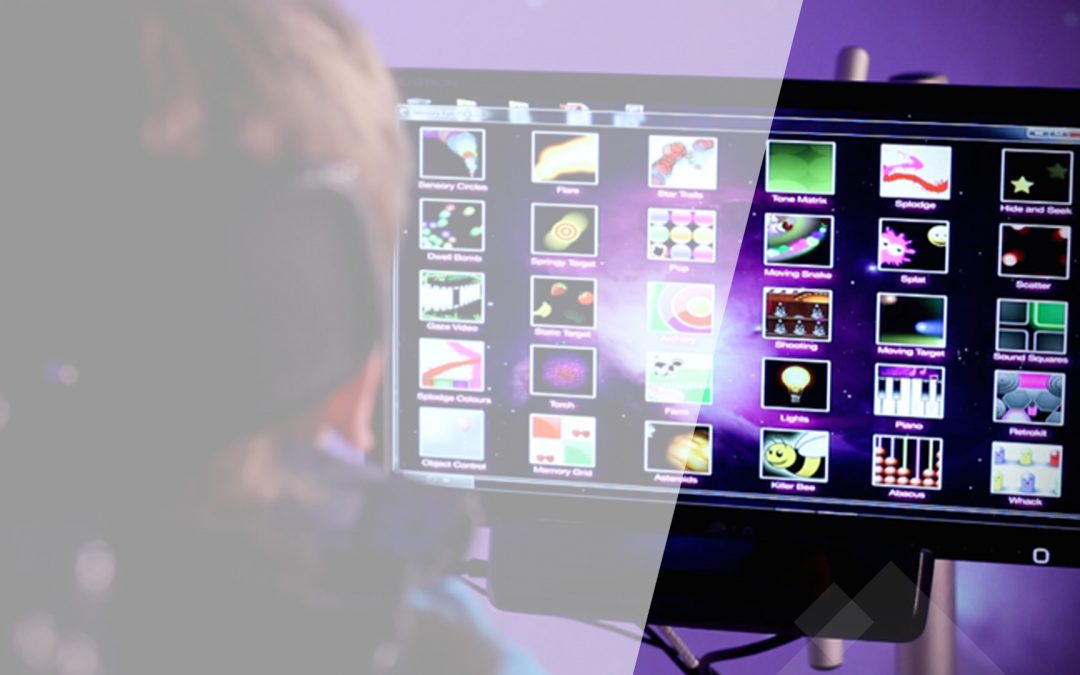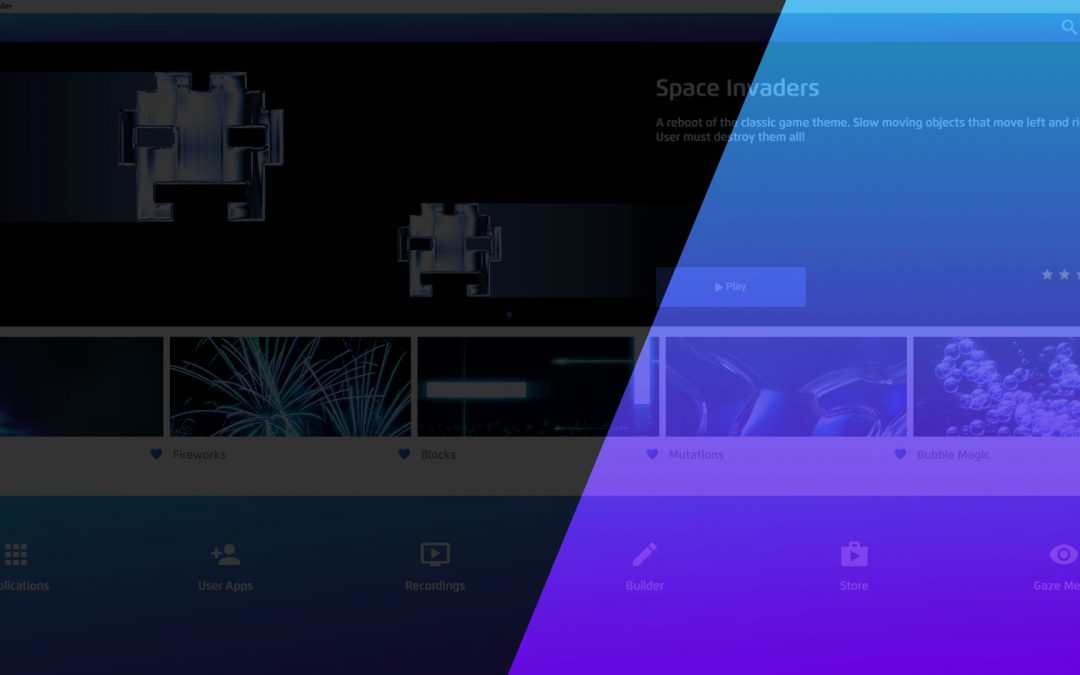We chat to Lisa Donaldson, Head of Eyecare, Clinical Lead Optometrist at SeeAbility about some of the limitations of the existing clinically validated vision tests, when trying to engage individuals and assess their vision. Lisa discusses the future of engagement in vision tests and what improvements would help create more accurate vision assessment results.
Engaging sight test considerations
When considering how to create more stimulating, engaging sight tests, to some extent we need to break it down to different populations of children.
For example, one of the challenges optometrists face is when assessing a child with autism. Perhaps they are nonverbal, but clearly from their functional behaviours are visually very good. They can navigate a room very quickly, run around and miss obstacles. However, when you try to engage with them most of the clinically validated vision tests don’t get an engagement.
One of the challenges is a lack of engaging, stimulating tests that allow us to determine detail resolution. Current tests mean we attempt to engage someone with something that’s quite low on their threshold of ability.
You can easily engage someone with a bright flashing ball. However, this will only provide a very crude measurement of how much they can see.
To obtain more detailed measurements, I want to engage them with something that is quite low resolution and low contrast.
I also need to be able to show a test in steps, staircase it to some extent, whilst working out what their visual threshold is.
Currently, being able to do that with something engaging is a challenge.
Future of engagement in vision tests
The future of engagement in clinically validated vision tests could see more comprehensives tests. This might mean a higher degree of control over stimulating, visual targets that enable optometrists to obtain more detailed results.
Future of engagement
- The existing clinically validated vision tests do not engage all children.
- It would be beneficial to have more comprehensive engagement tests to gain more detailed results.



